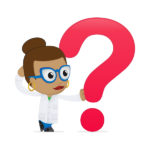
Introducing your students to forensic science is as easy as C-S-I!
We’ve discovered dozens of excellent resources online for topics related to many forensic careers. Take a look at some of our favorite websites. These ideas will get your students revved up and ready to put on their lab coats (or Sherlock Holmes hats) and start investigating the world of forensic science.
A Four-Star Activity for HS Chemistry Students
“Mixed Reception” is an awesome, free interactive activity from Carnegie Mellon University. It’s suitable for chemistry students at the high school level. Students will need a basic knowledge of formula weight, chemical reactions, and the scientific method.
Your students can interview suspects using Quicktime movies, investigate the crime scene for clues with Quicktime Virtual Reality images, and analyze the evidence from the crime lab. A fantastic resource if you have enough class time to devote to it.
How observant are you?
This classic Harvard psychology experiment on “inattention blindness” is a wonderful way to start a discussion about the importance of forensic science. Tell the students that during the video (below) they are to count the number of times the team in white passes the ball to each other. Each student should count silently and make no comments during the movie. Then PAUSE the video at 0:43, after the on-screen text identifies the correct answer. Ask how many students “saw something odd” during the movie (but don’t be specific yet). Some students will have seen the gorilla, yet some students will have no idea what you are talking about. As a result, be prepared to play the rest of the video.
The purpose of this activity is to demonstrate how unreliable eye-witness testimony can be. Law enforcement continues to be concerned about unreliable eye-witness testimony. Many convictions are overturned by DNA evidence that disproves faulty witness testimony. To be clear, most witnesses do not intentionally lie when they’re on the witness stand. But our human observation is usually limited by memory, suggestion, and interpretation.
Studies have shown that even the classic “police line-up” can mislead witnesses or, in some cases, even alter their memories. The faultiness of eye-witness testimony strengthens the importance of forensic science in determining guilt and innocence. While a person’s memories may be confused or altered, scientific evidence always stays the same.
The Ultimate How-To
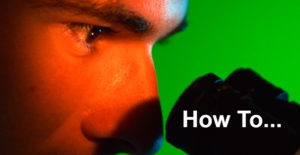 This web page from The Forensic Teacher online magazine contains over a dozen “How-To” instructions and class activities. For instance, there are instructions for how to:
This web page from The Forensic Teacher online magazine contains over a dozen “How-To” instructions and class activities. For instance, there are instructions for how to:
- set up a crime scene
- make fake blood
- process a crime scene
- set up a body farm
- barcode fingerprints
- make a dummy victim
- roll and compare fingerprints
and much more!
Be a Black Light Detective
UV flashlights have many practical and fascinating applications. They can make the invisible visible or isolate one specific substance from everything around it. UV light sources are one of the main tools in a crime scene investigator’s arsenal. To pick out fingerprints, for example, detectives often dust with fluorescent dye under a black light. Black lights can also identify naturally-fluorescing bodily fluids.
Why not organize a UV scavenger hunt for your students? Phosphors are substances that fluoresce when exposed to UV light. And they’re everywhere! For instance, some are natural (our teeth and fingernails) while others are man-made—for instance, many paints, fabrics, and highlighter markers.
One of our EI staffers took home a UV flashlight to determine how many common household items would fluoresce—including her own skin! Read about it here. Yet another staffer shined the UV flashlight around her home. The results surprised her! (Note: toothpaste and cleaning products with brighteners fluoresce under UV light.)
Forensic Science Online Activities
Forensics Illustrated—Step Under the Tape is a comprehensive collection. Kentucky teacher, Dr. Brennon Sapp, collected these resources as a high school forensic science teacher. Looking for projects, practice worksheets, Powerpoints, or photos comparing different types of animal hair? This is truly a one-stop shop!
Finally, there’s Terrific Science, which offers class activities in PDF format for high school level classes in chemistry, biology, anatomy, physics and more. Titles include:
Bloodstain Pattern Simulations: A Physical Analysis
DNA Fingerprinting: The Great Cafeteria Caper
Fingerprinting Lab
Using Blood-Typing to Determine Causes of Death in Surgery Patients
Using Plant Pigments to Link a Suspect to a Crime
If you’re interested in more CSI-themed science, visit our Who Did It? section. You may also want to review our Forensic Science Newsletter. If you’re interesting in knowing which forensic science products are favorites among our customers, click here!

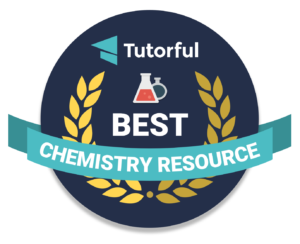
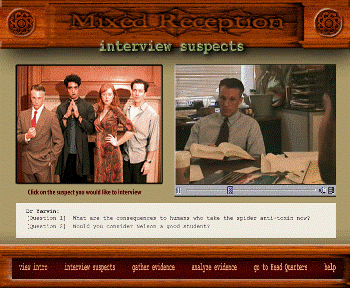
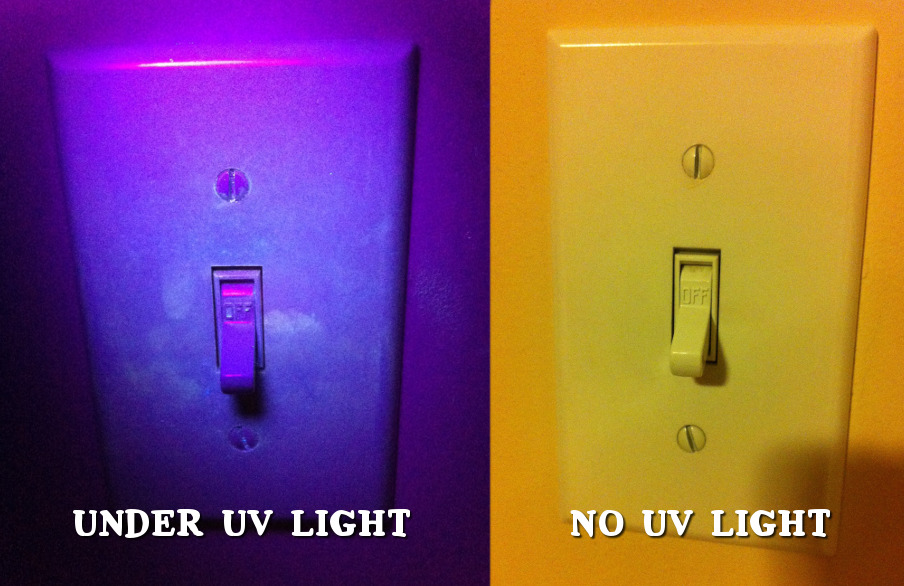
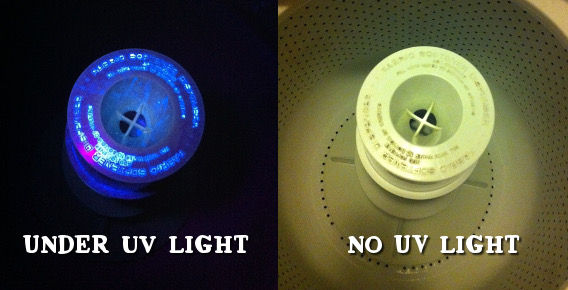
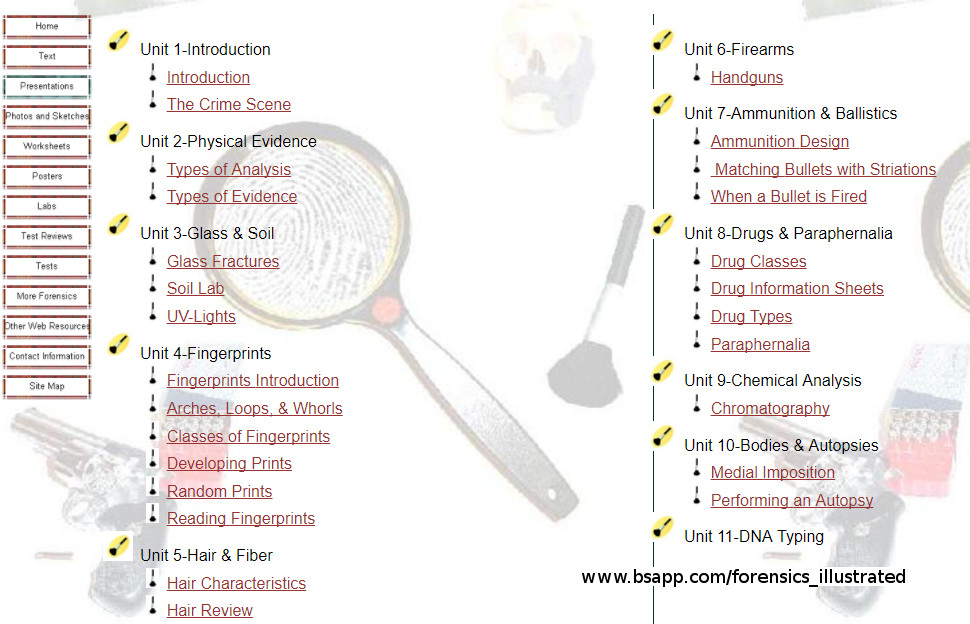
I teach forensic science . I just saw this. So excited to check it out.